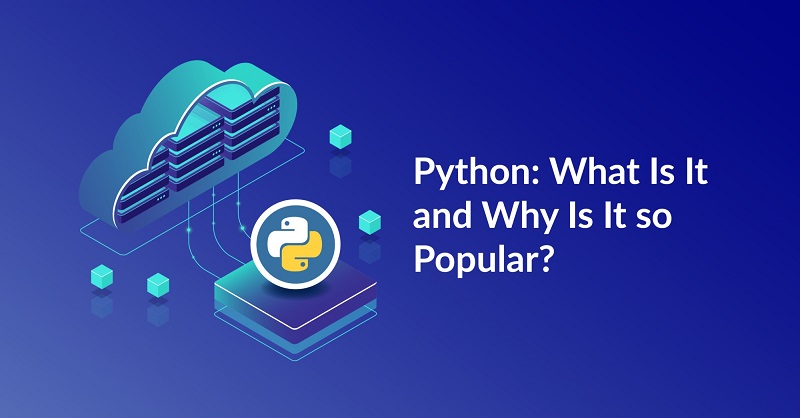
Unfolding Python’s Current Relevance
Ever since its inception in the late 1980s by Guido van Rossum, Python has consistently remained one of the most widely used programming languages. Known for its simplicity and readability, Python’s easy-to-learn syntax and broad library support have made it a popular choice among beginners and seasoned developers alike. But, as the digital landscape continues to evolve at an unprecedented rate, it raises the crucial question: Is Python still up-to-date?
The question might seem simple, but it’s a multi-faceted one. From its functionality in current technology trends to the ongoing development of the language itself, there’s much to consider when discussing Python’s relevance in today’s fast-paced digital world. Let’s delve deeper into these aspects to understand whether Python has been keeping up with the times.
Python and Current Tech Trends
With the surge in popularity of technologies such as artificial intelligence, machine learning, and data science, the demand for Python has skyrocketed. Thanks to libraries like TensorFlow, PyTorch, and Pandas, Python has become a mainstay in these fields. Its simplicity and versatility, coupled with the power of these libraries, enable rapid prototyping and implementation of complex algorithms.
Python’s role isn’t limited to these areas. It continues to be a preferred language in web development with frameworks such as Django and Flask offering robust solutions for backend development. Furthermore, Python’s powerful scientific computing libraries like NumPy and SciPy are instrumental in academic and research domains.
Continuous Development of Python
Python’s up-to-dateness also stems from the active development of the language itself. Python’s developers frequently release new versions, ensuring it incorporates modern programming concepts and caters to current development needs. The transition from Python 2 to Python 3 is a prime example of the language’s evolution in response to changing developer requirements.
Furthermore, the Python community, one of the largest in the programming world, actively contributes to the language’s development. This vibrant community ensures the language stays relevant, supporting and creating new libraries, frameworks, and tools that adapt to the evolving technology landscape.

Python’s Role in the Industry
Python’s demand in the job market further testifies its relevance. Many top tech companies, including Google, Facebook, and Netflix, use Python for a variety of applications, from web services to data analysis. Moreover, it continues to be one of the most sought-after programming languages by employers, a clear indication of its up-to-date status.
Despite the emergence of newer languages, Python’s steady popularity and broad applicability have allowed it to maintain its strong presence in the industry. It’s the go-to language for a vast range of applications, demonstrating its flexibility and versatility in adapting to the industry’s changing needs.
Python’s Standing in the Present Day
In conclusion, Python’s simplicity, versatility, and continuous evolution underscore its relevance in today’s tech landscape. Its broad library support and adaptability to emerging technology trends, along with an active community and industry demand, mark Python as not only an up-to-date programming language but also a future-proof one.
While keeping an eye on the rapid evolution of the tech industry is essential, Python’s ability to adapt and grow ensures its place as a valuable tool for developers. So, whether you’re just starting your programming journey or looking to expand your existing skills, Python remains a robust and relevant choice in the present and for the foreseeable future.



